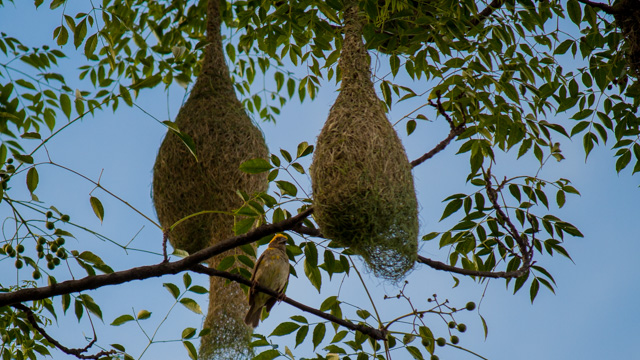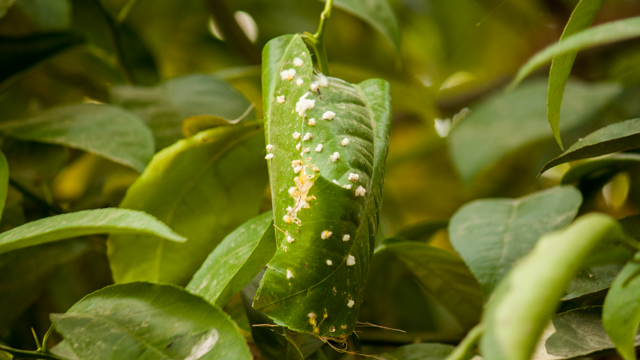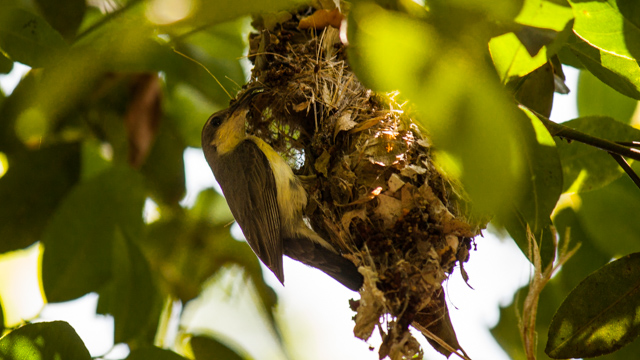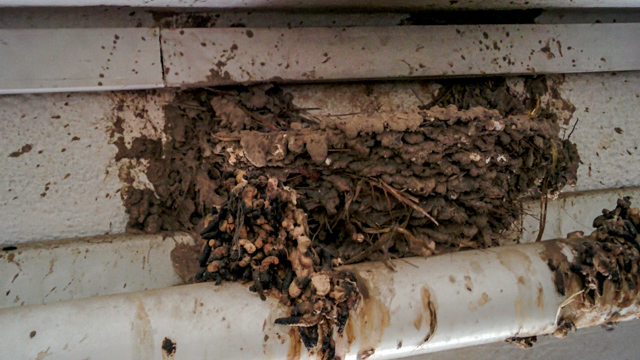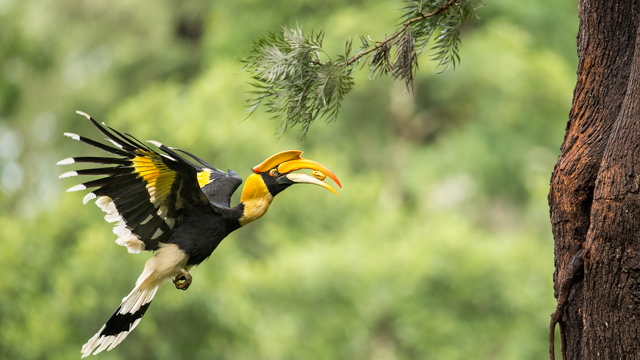Whenever you think about bird nests, you probably think of structures like the one above (made by the Red-whiskered Bulbul). However, not all bird nests are so stereotypical. There are some really amazing and cool ones. Here is our selection.
Baya Weaver

These guys are master weavers as the hanging retort-shaped nests show. They nest communally and even outside the nesting season they can be found in flocks which can sometimes be pretty large. They make their nests out of various types of grasses and leaves. An interesting fact about the nests is that only the males make them. Once the nest is nearing completion, a female comes along and inspects it. If she likes it she chooses the nest along with the male that made it, and gets to work on the interior of the nest. The male then goes on to finish the nest, helps the female lay eggs and then proceeds to make another nest for another prospective female!!!
It is also very interesting to see how the birds enter the nests in one swift motion!
Where to see them
They are found up to about 1,400 meters and they used to be quite common in the Kathmandu Valley. However, they have been slowly giving way to human encroachment like just about every other species and are found in small packets in the Kathmandu Valley. In the Kathmandu Valley, they can be seen in the Chobhar Area and Srijana Nagar in Bhaktapur. Outside the Kathmandu Valley, they are locally common in the Terai, especially Chitwan.
When to see them
The nests are ready before the monsoon begins and the breeding season usually coincides with the rains. That means if you go out now, you will be able to see these amazing nests.
See: Birds of Nepal for more pictures.
Common Tailorbird

In order to make its celebrated nest, the Tailorbird finds a tough and large leaf and sews two of them together with cobweb, wool and cotton. Even a cursory look shows the skill that must have been required to create such a nest. These birds are also highly territorial when it comes to its own species and are one of the few birds that have benefitted from the growth of human settlements.
Where to see them
These birds are common throughout their range in Nepal. They are found from the east to the far-west generally below 1,830 meters. Even though they are common, they are mostly overlooked because other than their call, they are rather furtive and discreet. If you wish to find these birds, memorize their call and you will perhaps realize that they are very very common both inside and outside Kathmandu Valley.
Here is a link to its call. This sample is from Chitwan and the calls of the ones in Kathmandu is a bit livelier.
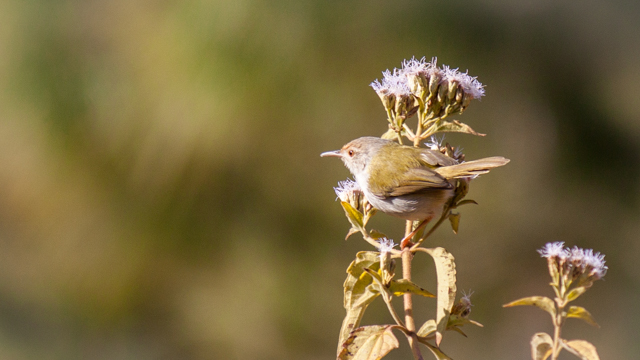
When to see them
They have a pre-monsoon breeding season and hence the nest can be seen from May to July. But you need to look very carefully. Also please ensure that you do not disturb it too much. Remember that the bird's brood is more important than your curiosity. Read the article whose link has been provided at the end if you aren’t sure what qualifies as good behavior.
Purple Sunbird

The nest of sunbirds are untidy hanging pear-shaped structures, sort of like a smaller and uglier version of a weaver’s nest. As noted in Whistler’s 1949 classic Popular Handbook of Indian Birds, it is built of the weirdest types of stuffs like “hair, fine grass, twigs, dead leaves, chips of bark and fragments of decayed wood, seed cases, scraps of rag or paper, and especially caterpillar droppings, all neatly plastered together with silky fibres and cobwebs.”
Where to see them
Purple Sunbirds are the commonest of the sunbirds and are found up to 2,000 meters. They are very common in the Terai lowlands and are summer visitors to the gardens in the Kathmandu Valley.
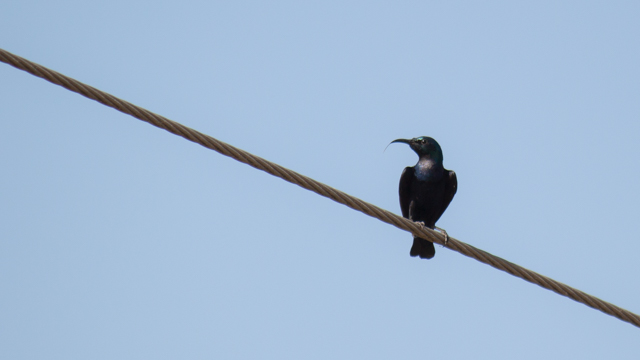
When to see them
They breed in spring and hence the nests can be seen in April and May. However, the exact breeding season varies with the availability of flowers.
Barn Swallow

The most interesting thing about the Barn Swallow is that they nest mostly in human buildings. They can be seen in many shops in the Kathmandu Valley with some shops having upwards of 50 nests in a small 200 square foot space. The mud nests are made meticulously by the birds one mouthful of mud a time and can take several weeks to build.
Where to see them
They are a common resident and summer visitor in the Kathmandu Valley and can be found up to 1,800 meters throughout Nepal. They are very common along with the similar Red-rumped Swallow. The latter species makes a similar mud nest but with a different retort-shaped shape. The neck of the retort serve as a tunnel to enter the nest proper.

When to see them
The best time to see a filled nest is around July and the breeding season lasts from April to August.
Great Hornbill

This guy is unique in that the female imprisons herself in the nest as she incubates. They nest in tree cavities and the cavity is sealed by the female from the inside using plaster made of faeces. She remains in voluntary imprisonment until the chicks are half developed which could last for a up to 2 months. During the time, the male brings in food and feeds her and the chicks through a small slit in the plaster wall. The female also releases faeces through the slit during this period!!
Where to see them
The best place to see these guys is at Chitwan National Park. They are rather vocal during the breeding season and their presence can also be told by their rather loud flight sound. Listen to its flight sound.
When to see them
These guys breed during early spring, and plastered nests can be seen around April and May.
HoneyGuide's Plea: When photographing or simply observing bird nests, please make sure that the bird and its brood takes priority over your curiosity or need to take an amazing picture. Here are some guidelines.
Honorary Mention: Brown-fronted Woodpecker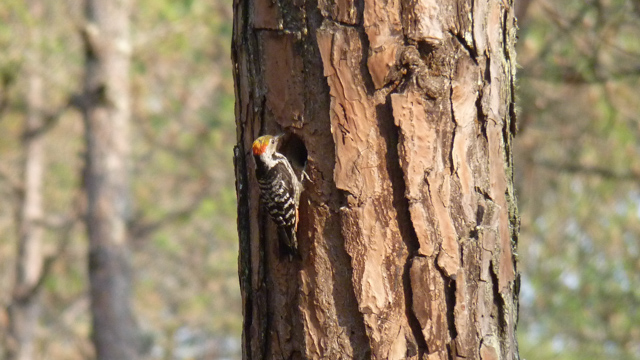
===========
If you have any suggestions and pictures please feel free to contact us at honeyhunter@honeyguideapps.com. We will perhaps create another blog.



